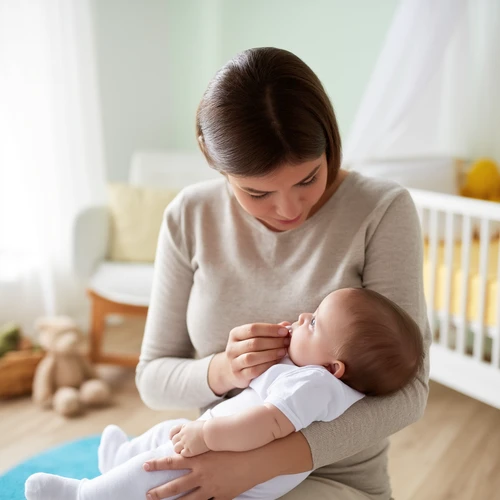First Aid for Babies — a parent’s essential guide to keeping little lives safe. Knowing how to react quickly when your baby needs help can mean the difference between a minor mishap and a medical emergency.
Every infant caregiver—whether you’re a parent, babysitter, or extended family member—must master three core areas: colds & fevers, ingestion incidents, and trauma situations. Below, we break down step‑by‑step measures and explain why those actions matter.
1. Handling Colds and Fever
- Recognize fever signs. A temperature of >100.4°F (38°C) in a baby < 6 months warrants a call to the pediatrician.
- Cool the baby gently. Use lukewarm cloths over the neck, armpits, and groin; avoid ice packs which can cause rash.
- Keep hydration. Offer breastmilk or formula every 2–3 hours. For babies >6 months, small sips of water can help prevent dehydration.
2. Managing Ingestion Incidents
- Water or milk is safest. If a baby swallows a small amount of non–toxic liquid, let them spit it out and keep monitoring for irritation.
- Never induce vomiting. Unless specifically instructed by a medical professional, forced retching can damage esophageal tissues.
- Watch for allergens. If the baby has consumed a new food, watch for hives, swelling, or breathing difficulty.
3. Responding to Trauma
- Check for airway obstructions. A choking baby’s face will be flushed red or blue. Perform the Heimlich maneuver: 5 back slaps followed by 5 chest thrusts.
- Apply first aid for cuts. Clean the wound with sterile saline, cover with a clean dressing, and seek stitches if bleeding is severe.
- Stay calm during a fall. If the baby has a head injury, monitor for headache, vomiting, or seizure. Call emergency services immediately if any are present.
Beyond these specific procedures, the most critical lesson for parents is prevention. Keep small objects, cords, and sharp items out of reach. Establish a safe sleeping environment with no loose bedding. And always keep emergency numbers on hand, including your pediatrician’s contact and local 911.
Equipped with knowledge and a calm demeanor, you can confidently handle most baby emergencies while ensuring your child’s safety and peace of mind.


